Queen Victoria ruled Britain from 1837 to 1901. This era is known as the Victorian Era. The Edwardian era started after it. The Victorian era is famous for its massive changes and development in society, technology, steel, and the textile sector. Before this era, women could support the family by helping in the business. But in this era the society defined the roles of men and women. Social class was highly in practice at that time. As a matter of fact, women would only stay at home and could not help in the business.
Out of many sites, we will be focusing here on Victorian men’s fashion. There was a massive improvement in the clothing fashion in this era due to development in textile and technology. You will be able to know about the dress and style of the British people at that time.
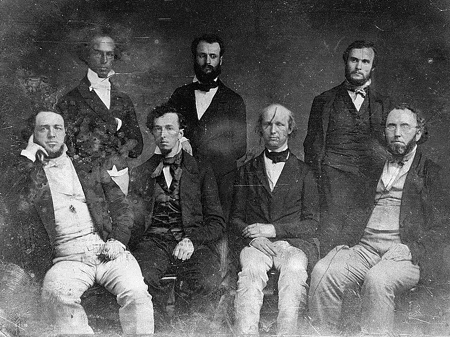
Victorian Era Clothing History
In the Victorian era, though women’s clothing underwent major changes gradually, men’s fashion did not change drastically during the initial years of the century men used to wear Stove-pipe pants. The men’s clothing was formal and elegant during the work hours. The main features of Victorian men’s clothing were clean and essential lines, presence of dark color, and detailed work on the costume.
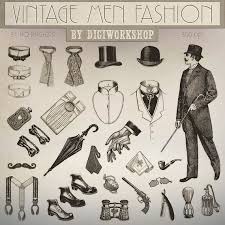
Victorian Men’s Outfit
Typically a Victorian men’s outfit consists of high waist pants held up by suspenders having solid wool, plaid, or dark stripes—next, a loose Victorian men’s shirt of white or actual color for working classes. But a middle to an upper-classman used to wear a Victorian suit and matching vest. A mismatched vest and jacket were worn by poor class. Cravat or ascot was in use instead of a necktie. Men wore a Victorian top hat, bowler or cap on head and lace-up or button-up boots on feet. A Victorian men’s frock coat, cutaway, or morning coat (tailcoat) were also worn. Men’s accessories included gloves and a pocket watch.
The dresses were different for different social classes, and fashion was highly defined for each type.
Victorian Fashion Timeline
Based on the fashion pattern, the Victorian fashion timeline can be divided into some parts. Each timeline can be divided into decades as fashion changed and brought variation in the clothing over the decades. Victorian men’s clothing didn’t change as rapidly as women’s.
1840:
During the 1840s, men wore tight-fitting frock coats, which were up to the calf length. They also wore a waistcoat or vest with the coat. The vest was either single or double-breasted. The vest had a shawl or notched collars. For formal occasions, there were two types of wear. During the daytime, men wore a morning coat and light-colored trousers whereas a dark tail coat with trousers in the evening. They also used to wear top hats, especially with wide brims in sunny weather. Shirts had low collars and were made of cotton or linen. Wide cravats or neckties were also worn with the shirt. Fly fronts were seen on trousers and for formal functions and when horseback riding breeches were used.
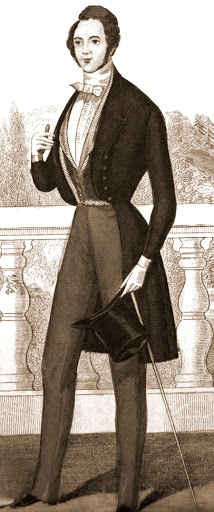
1850:
During the 1850s, men used to wear frock coats. The main features of these coats were loose cuts, more expansive chapel, and metal buttons. The way of wearing a bow tie depended on the age of a man. Men wear shirts having high upstanding or turnover ((collars. They also wore neckties that were tied in a bow or tied in a knot depending on the age of a man. The working-class people wore bowler hats, whereas the upper-class people used to wear top hats.
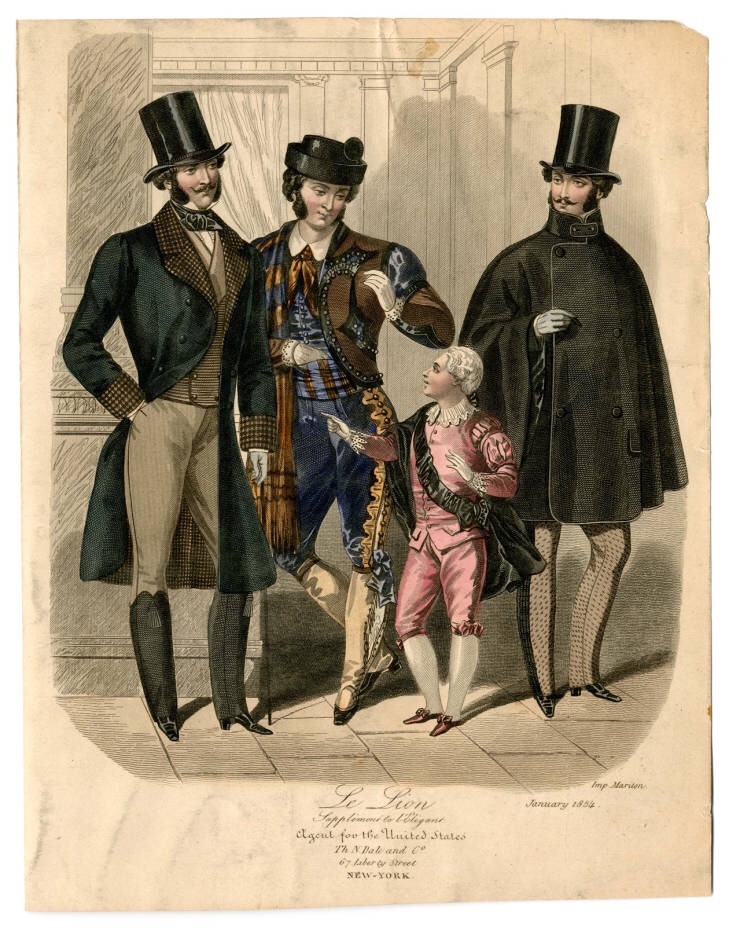
1860:
In this decade, many changes took place in both men’s and women’s fashion. Men’s frock coats decreased in length. They reached up to the knee instead of reaching the calf. They were usually worn for business. The neckties were wider than before. They were tied in a bow or looped into a loose knot and fastened with a stickpin. The popularity of sack coats began to increase. Sack coats reaching up to mid-thigh were worn for less-formal occasions. Top hats became taller and took a “stove-pipe” shape. Hats of other shapes were also popular.
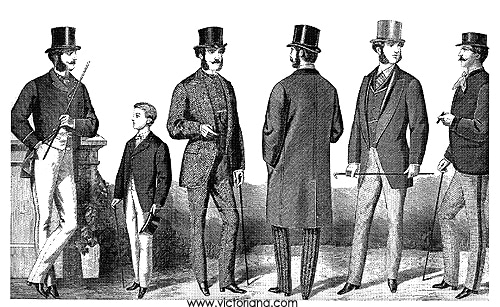
1870:
In the 1870s three-piece suit was invented, which was a massive hit. Great changes were also seen in ties during this time. Neckties were four-in-hand. Men also began to wear a new type of tie, known as Ascot tie. Alternatively, a narrow ribbon tie was used in tropical climates, especially in the Americas. Both frock coats and sack coats reduced in length. Sometimes they were worn simultaneously. With these clothing, men always used to wear a cap that was usually long in size.
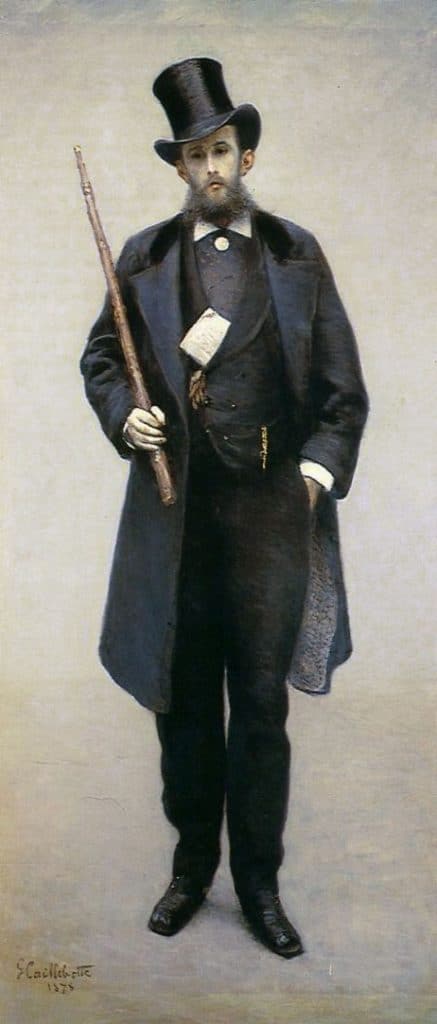
1880:
During the 1880s, a dark tail coat, trouser, a dark waistcoat, a white bow tie, and a shirt with a winged collar were used as a formal evening dress. In the mid-decade tuxedo or dinner, the jacket was used for more formal occasions. The Norfolk jacket and tweed or woolen breeches began to be used for rough and tough outdoor activities such as shooting. In winter, topcoats reaching up to the knee and calf-length overcoats were used. They had contrasting velvet or fur collars. Men’s shoes had a narrow toe, but the heels increased in height.
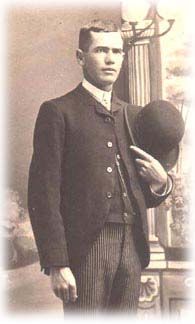
1890:
In this decade, sporty clothes came into play along with formal dresses. The blazer was first made in this decade. It was worn for sailing, sports, and other casual activities. Men were more focused on themselves and were fashion cautious. During much of the Victorian era, men had short hair. They also had various types of facial hair, such as mustaches, full beards, and side-burns. Clean-shave did not become a significant fashion until the end of the 1880s and early 1890s.
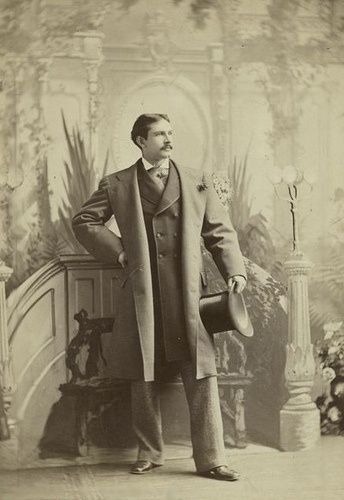
Victorian Men’s Accessories
Victorian men used many accessories as part of their fashion. So Victorian men’s accessories are worth discussing. One of the most decorative Victorian Men’s Accessories was its braces or suspenders. In the 1830s and 1840s, braces of the canvas, sewn on colored silks and lined with silk, were popular. Braces made in knitted and crocheted cotton were also available. Later they were sewn on wool. They consisted of two separate bands having leather tabs and buttonholes. One end could be adjusted with a buckle. In the second half of the century, braces joined at the back made an ‘N’ shape. Braces were considered to be a necessary addition to Victorian men’s wardrobe.
Gloves were a necessary part of Victorian men’s clothing. They used to wear gloves on a daily basis. Gloves worn during the day were made of leather or cloth and had dark colors such as grey, tan, brown to hide dirt and germs. Evening gloves were always white. Victorian men removed gloves while eating, smoking, or inside the house. It was a common practice to remove hats and gloves upon entry into a home.
Gauntlet gloves were used for work, driving, or winter conditions. Many winter gloves were lined in fur. Fur-lined or knit mittens types were also available. Shorter kid leather gloves had a button over the wrist.
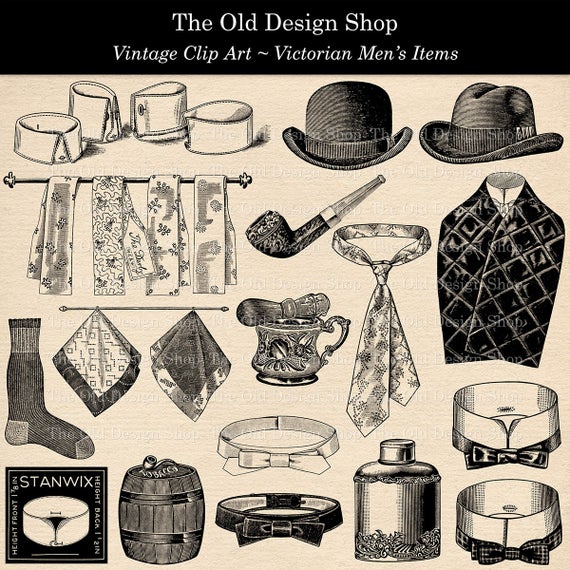
Victorian Poor Men’s clothing
In this era, the social classes were defined. One could easily guess a person’s social class by observing his or her clothes. There were distinct differences between the clothes of rich and poor. Garments of working men were readymade and composed of cheap fabrics like cotton, denim, corduroy, or wool. Corduroy is a soft, warm, and ribbed fabric. It is durable and was used to make trousers, vests, and jackets. Laborers and factory workers used to wear a vest over their shirts. Lower class men could not afford to have daytime and evening clothing like the elite class. For special occasions, lower classmen had a sack jacket and good trousers.
Hand knitted sweaters were worn by fishermen and rural people of cold climates. Victorian fishers could also knit as their wives and daughters knit. Sweaters of distinctive colors or patterns were made in some regions by some fishing families. Bib overalls were introduced in the 1890s.
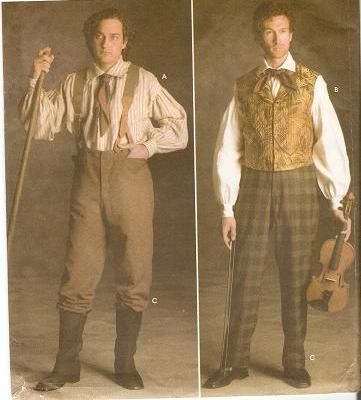
Children’s clothing
Children of the Victorian era also had Victorian-style clothing. Their fashion was like the miniature version of that of men and women. An interesting fact is that most boys of this era used to wear frock and blouse over pleated skirts till the age of four. It sounds funny now, but it was the fashion at that time. Knickerbocker, a sailor suit and jacket were the dress for teenagers. A formal dress was used in adulthood. The clothes of boys were more comfortable than that of girls. Unlike girls’ clothing, boys could move freely.
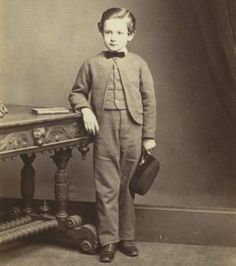
Modern Victorian dresses
Since Victorian clothing has a vibe of romanticism, the new generation is now getting interested in them. To capture this potential market, many textile companies are now selling modern Victorian dresses. Today’s young age can modify the Victorian clothing by keeping the basic Victorian theme intact. Selling Victorian dresses can be a profitable business initiative. Besides, these clothing are also available online for sale. Many people also buy them for costume parties.

